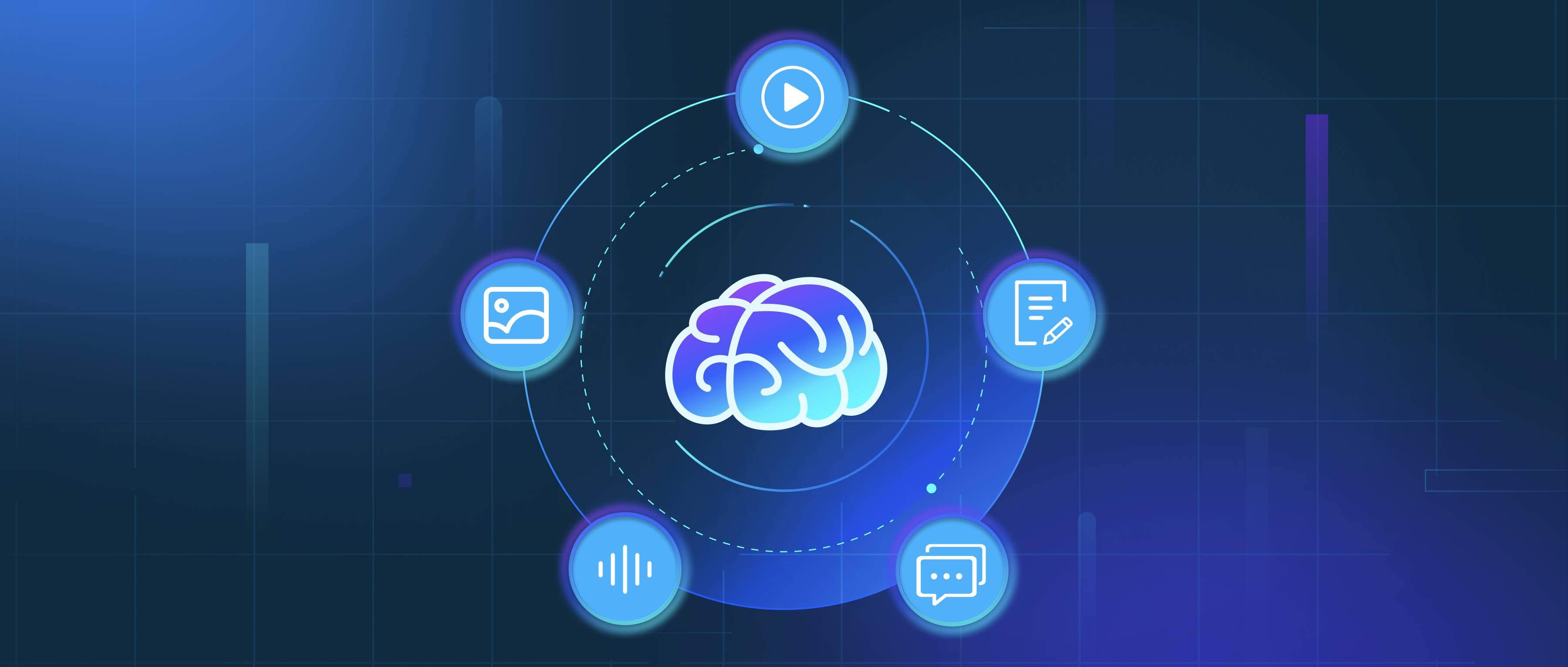Time windows in stream processing are a mechanism used to group incoming data streams based on time intervals. Essentially, a time window collects messages that occur within a specified timeframe, allowing developers to perform aggregations or analyses on that subset of data. This is particularly useful when dealing with continuous streams of data, such as logs, sensor readings, or financial transactions, since it helps in managing and processing data in manageable chunks rather than analyzing it as a whole.
There are various types of time windows, the main ones being tumbling windows, sliding windows, and session windows. Tumbling windows create fixed-size, non-overlapping intervals. For example, if you set a tumbling window of five minutes, all data coming in within that five-minute block is processed together before moving to the next block. Sliding windows, on the other hand, allow for overlapping time frames. For instance, if you specify a sliding window of three minutes that moves every one minute, you will continuously analyze the last three minutes of data, updating your results every minute based on newly arriving events. Session windows operate based on periods of activity; they group events that occur within a defined timeout period of inactivity. For example, if a user interacts with a service, the session window might collect all their events until they are inactive for a predefined period, like 10 minutes.
Using time windows helps improve the performance and reliability of data processing applications. For instance, in monitoring applications, one can track metrics like average response times over the last minute, five minutes, or an hour through various window types. By breaking down the data into these time segments, developers can more easily identify trends, anomalies, and patterns over time, making it an invaluable tool for any data-driven application.
